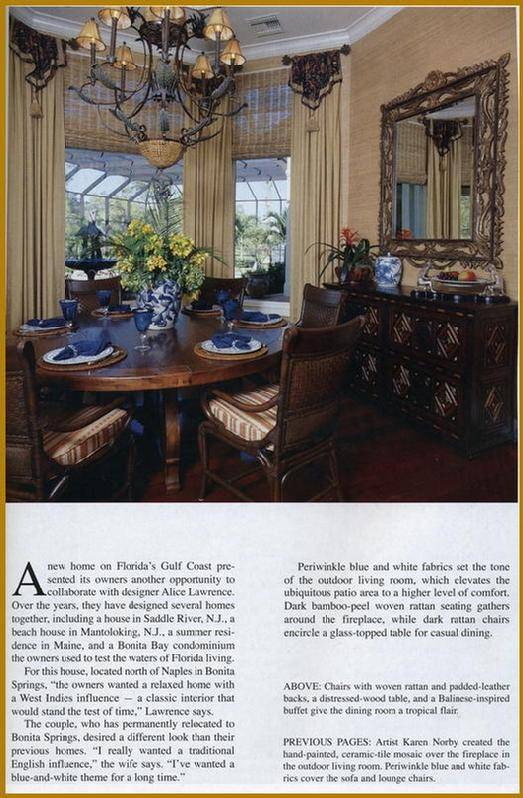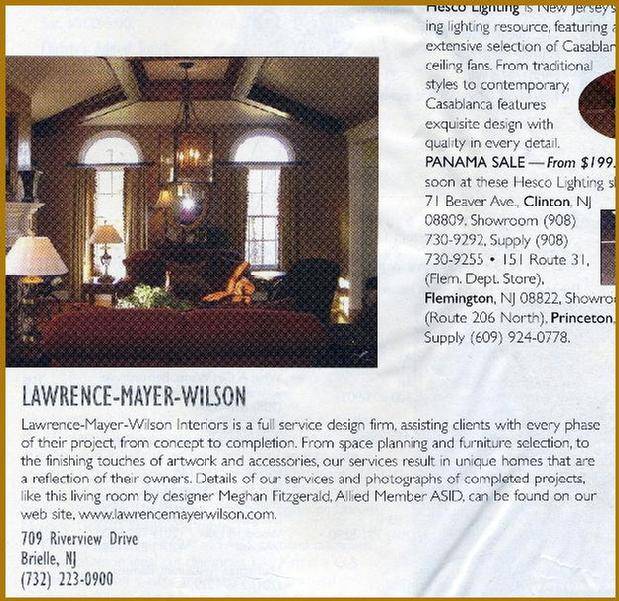Few things transform a space like natural light. It makes rooms feel larger, brighter, and more welcoming—while also enhancing mood and reducing energy costs. If you’re looking to refresh your interiors, start by working with what nature already provides. Incorporating more daylight into your home design not only elevates aesthetics but creates a more livable and energy-efficient environment.
Below, we’ll explore three key ways to boost natural light in your home, along with practical interior lighting tips and home lighting ideas to complement the process.
Start with Your Windows: Design Around the Light Source
The most effective way to increase natural light indoors is by paying attention to your windows. Often underestimated, window placement and treatment can either enhance or restrict the flow of daylight.
Go sheer or go bare. If privacy isn’t a major concern, consider ditching heavy drapes or blackout curtains during the day. Use sheer panels, linen blinds, or even no window coverings at all in low-visibility areas. These allow light to pour in without completely sacrificing privacy.
Use mirrors strategically. Placing a large mirror directly across from a window helps bounce sunlight around the room. This creates a double effect, making your space feel both brighter and larger. Mirrors with metallic or white frames further amplify this effect.
Clean your windows often. It sounds simple, but dirty glass can reduce the amount of sunlight entering your home. A regular cleaning schedule can significantly increase brightness, especially in the colder months when sunlight is more limited.
Consider window upgrades. Larger or strategically placed windows—such as clerestory or transom styles—can make a dramatic impact on lighting. If a renovation is in the cards, adding a skylight or sun tunnel can also flood darker spaces with daylight, especially in bathrooms or hallways.
Choose Materials and Colors That Reflect Light
After you’ve optimized your light sources, your next step is to ensure that natural light is being reflected and diffused throughout the room, not absorbed.
Opt for light-colored walls and ceilings. White and pale shades naturally reflect sunlight better than dark tones. Soft pastels, muted neutrals, and off-whites can all help bounce light across your space without making it feel too sterile. Satin or eggshell finishes offer just enough sheen to keep things bright.
Use reflective materials. Glossy surfaces like glass, lacquered furniture, metallic fixtures, and polished floors all work to distribute light. Glass tables, chrome finishes, or even a reflective tile backsplash in the kitchen can subtly amplify the glow of incoming light.
Think about your flooring. Light-toned hardwood, polished stone, or light-colored rugs can make a significant difference in how bright a room feels. If you have dark flooring, consider layering with bright area rugs to help balance the look.
Keep clutter minimal. A crowded room with bulky furniture or dark accents can obstruct and absorb light. Instead, aim for an open layout with furniture that doesn’t block light paths—especially near windows.
Support Daylight with Smart Interior Lighting Tips
While natural light is ideal during the day, the right artificial lighting ensures your home stays warm and inviting well into the evening. The key is to layer your lighting and choose fixtures that work harmoniously with your daylight sources.
Use layered lighting. A well-lit room uses a mix of ambient, task, and accent lighting. For example, combine ceiling fixtures with floor lamps and under-cabinet lighting to keep the room well-lit at any hour without harsh contrasts.
Choose bulbs with a natural daylight spectrum. LED bulbs labeled “daylight” or “full spectrum” mimic the hue and intensity of sunlight better than warm yellow-toned bulbs. These are perfect for workspaces or reading nooks that need to stay bright all day.
Install dimmers. Dimmable lighting gives you control over mood and brightness as the daylight fades. This can help your indoor lighting transition more seamlessly from daytime to night without feeling overly artificial.
Consider fixture placement. Avoid placing lights in positions where they cast shadows over natural light zones. Instead, aim to supplement—not fight against—your natural sources. Recessed lights or wall sconces placed opposite windows can help even out lighting throughout the space.
These home lighting ideas not only enhance visibility but also support the natural rhythm of light throughout your day, improving overall comfort and ambiance.
Let Your Home Shine with Natural Light
Harnessing the power of natural light is one of the most effective ways to breathe life into your interiors. From simple updates like using light fabrics and mirrors to strategic renovations like adding skylights or upgrading your windows, small changes can lead to a big impact.
By thoughtfully pairing daylight with supportive artificial lighting, your home can feel airy, open, and effortlessly inviting at all hours.
Lawrence-Mayer Interior Design specializes in creating spaces that maximize light, flow, and function. Whether you’re redesigning a single room or planning a full renovation, our team blends timeless style with practical insight to bring your vision to life.











